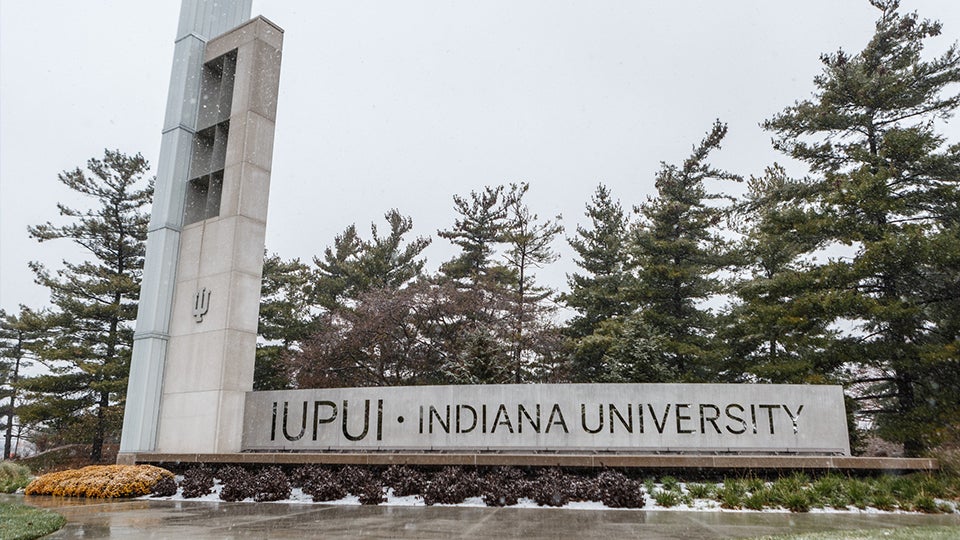Study: Strategic plan needed to lower healthcare costs
INDIANAPOLIS (Inside INdiana Business) — A new report from the IU Richard M. Fairbanks School of Public Health at IUPUI aims to help Indiana leaders develop a strategic plan to lower healthcare costs. The school says the report, “Addressing Factors that Affect Health Care Costs: Recommendations for Indiana Stakeholders,” details more than a dozen factors that contribute to rising costs. Nir Menachemi, one of the authors of the report, says creating a strategic plan will require an all-hands-on-deck approach where all stakeholders work together.
Menachemi, chair of the school’s Department of Health and Policy Management, tells Inside INdiana Business the goal was to create a level playing field of information to advance the discussion about costs of care and population health in Indiana.
“There’s been a lot of healthy conversation and healthy public discourse about the issue of overall costs and to some degree, one of the observations I was making was that different stakeholder groups were implicating other stakeholder groups as responsible entities and while I personally believe everything I heard was generally correct, there was a lot of cherry picking of which data points or which bits of information were shared as implicating and we wanted to sort of do a more comprehensive study that says, ‘Here’s everything that there is to know about this issue’ to maybe advance the dialogue and make it a little bit clearer to any entity to participate in the discussion,” said Menachemi.
The report provides a characterization of the healthcare context in Indiana, as well as a list of 16 factors that affect the overall costs of care and/or population health outcomes. Those factors include provider and payer concentration, public health activities, and consumer-facing price and quality transparency tools.
The report then provides recommendations for stakeholder action based on conclusions from the first two sections. Paul Halverson, founding dean of the Fairbanks School of Public Health and co-author of the report, says he was particularly surprised by the report’s findings.
“The reality is that Indiana has poor health; the health status of the population, we as the state of Indiana have people that are sicker than other states. The general health status is poor; in fact, we’re ranked 41st out of 50 states for our overall health status,” said Halverson. “So the idea that we would have higher health costs is not really surprising because it’s always cheaper to keep people healthy than it is to fix them once they have a disease.”
Halverson says the report shows the state needs to increase investments in public health. He says they wanted to provide evidence for policymakers so, as they consider alternatives to address public health, they will have evidence to support their decisions and they would consider initiatives that have been successful in other areas.
However, Menachemi adds there isn’t one “cure all” solution.
“Any one idea, whether it’s good or otherwise, is unlikely to solve the problem,” said Menachemi. “The problem, I think based on our work, will only be solved when a portfolio of ideas are implemented together, bringing folks together each owning their piece of the problem and working together to fix it.”
You can connect to the full report by clicking here.



